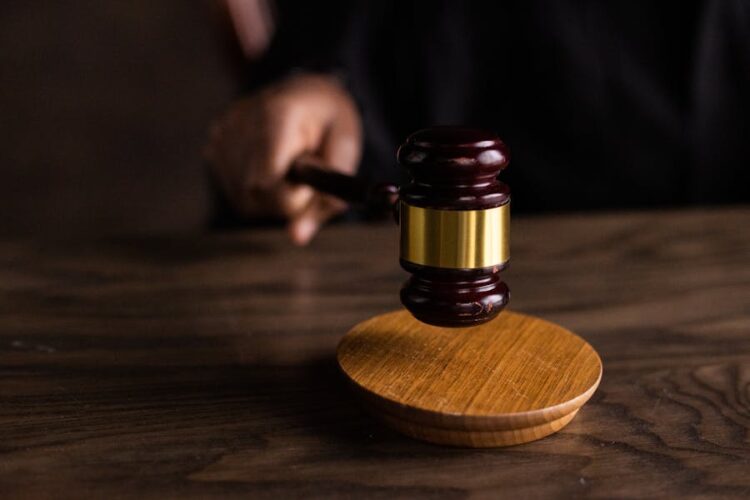Facing an aggravated menacing charge can be daunting. Just the thought of dealing with criminal charges can disrupt your peace of mind.
Understanding the warning signs and recognizing potential legal risks is essential. This blog will help you identify behaviors that may lead to an aggravated menacing charge. This allows you to stay informed and protect yourself from legal troubles.
So, read on!
1. Threatening Behavior
Threatening behavior is a common sign that someone may be charged with aggravated menacing. This includes verbal or physical threats towards another person, whether it be in person, over the phone, or online.
It’s important to remember that even if you didn’t mean your words as a threat, they can still be perceived as such by the other party and lead to charges. It’s best to avoid making any threats, even in the heat of the moment, and try to de-escalate any tense situations.
A threat assessment can also be used to evaluate the potential threat level of an individual. This can help identify individuals who may need intervention or support before their behavior escalates and leads to criminal charges.
2. Use of a Weapon
The use of a weapon, such as a gun or a knife, during threatening behavior can quickly escalate into an aggravated menacing charge. This is because the presence of a weapon increases the severity of the threat and poses a direct danger to the victim.
If you have any type of weapon during an argument or altercation, it’s important to keep it holstered or put it away to avoid potential charges. This also applies to displaying or brandishing a weapon in a threatening manner.
3. Previous Criminal History
Having a previous criminal history, especially with violent offenses, can also increase the likelihood of being charged with aggravated menacing. This is because it shows a pattern of aggressive and potentially dangerous behavior.
If you have a criminal record, it’s important to seek legal counsel from a reputable criminal defense lawyer and follow all necessary steps to address any underlying issues that may lead to future charges. This can include seeking therapy for anger management courses to learn healthy coping mechanisms.
4. Victim’s Reaction
The victim’s reaction to the threatening behavior plays a significant role in determining whether an aggravated menacing charge will be pursued. If the victim feels genuinely threatened and fears for their safety, it is more likely that charges will be pressed.
It’s important to always respect other people’s boundaries and understand the impact your words and actions may have on them. Even if you believe it was a harmless joke, it’s important to consider the other person’s feelings and reactions.
Know the Signs You Might Face with an Aggravated Menacing Charge
Understanding the warning signs of potential aggravated menacing charges is crucial for staying informed and avoiding legal troubles. It’s important to always remain mindful of your words and actions to protect yourself and those around you.
If you do find yourself facing an aggravated menacing charge, it’s important to seek legal counsel and take the necessary steps to address any underlying issues.
If you want to read more, visit our blog page. We do have more!









